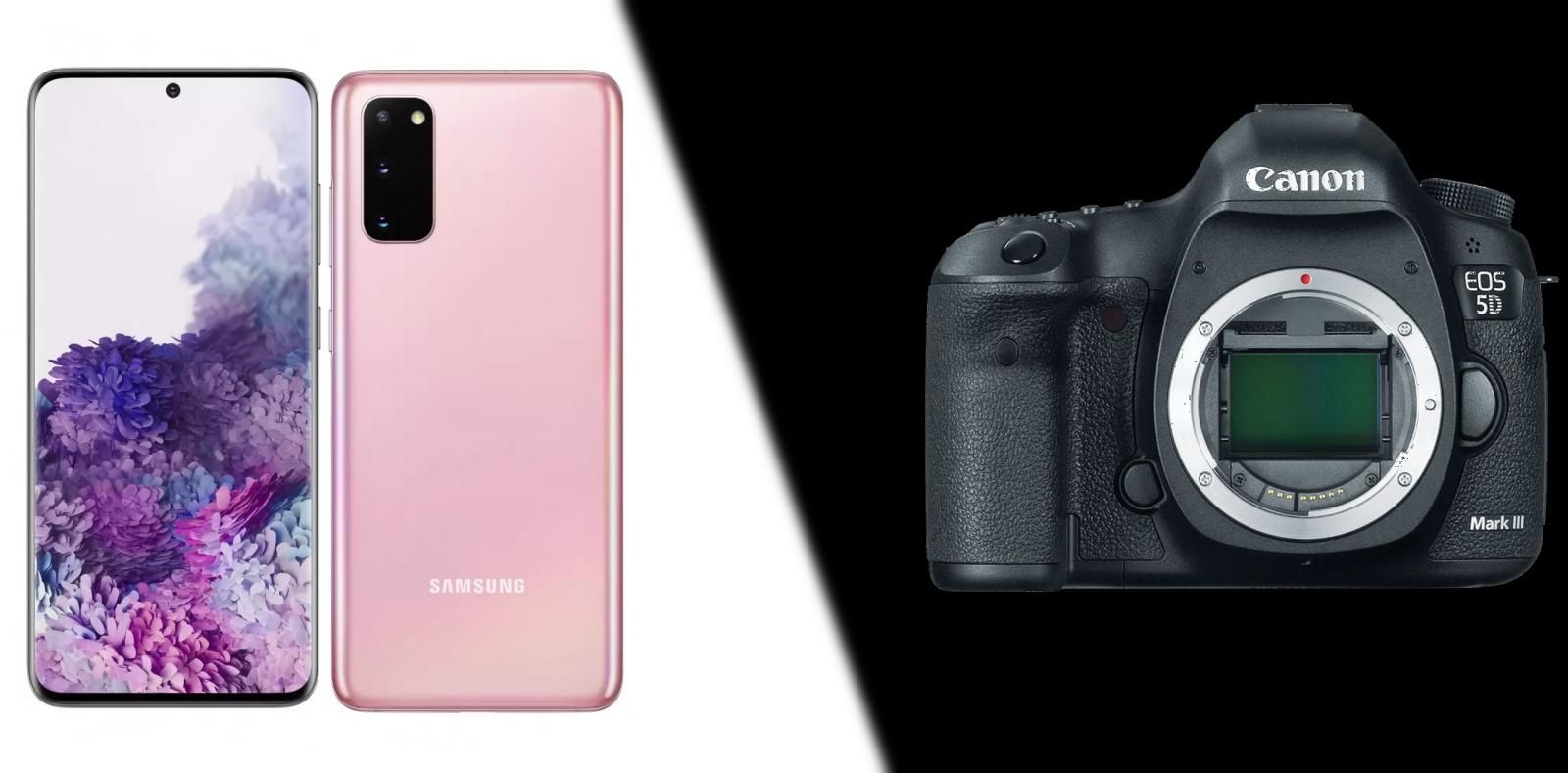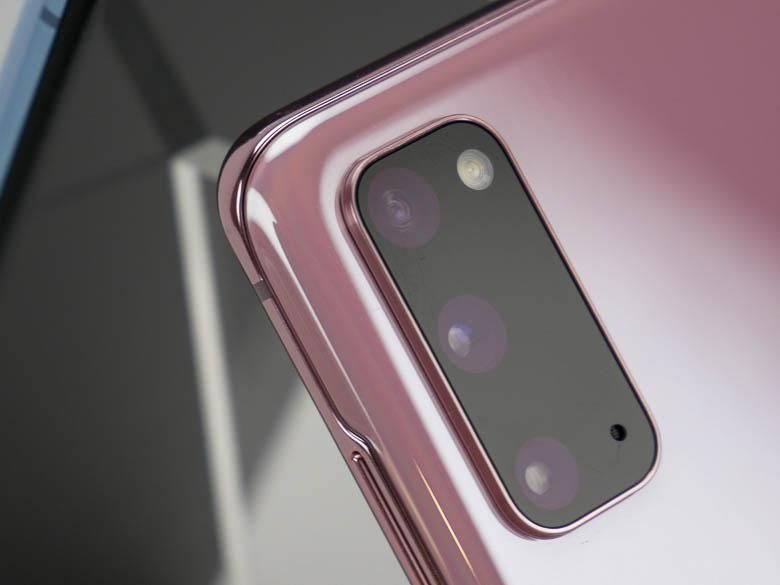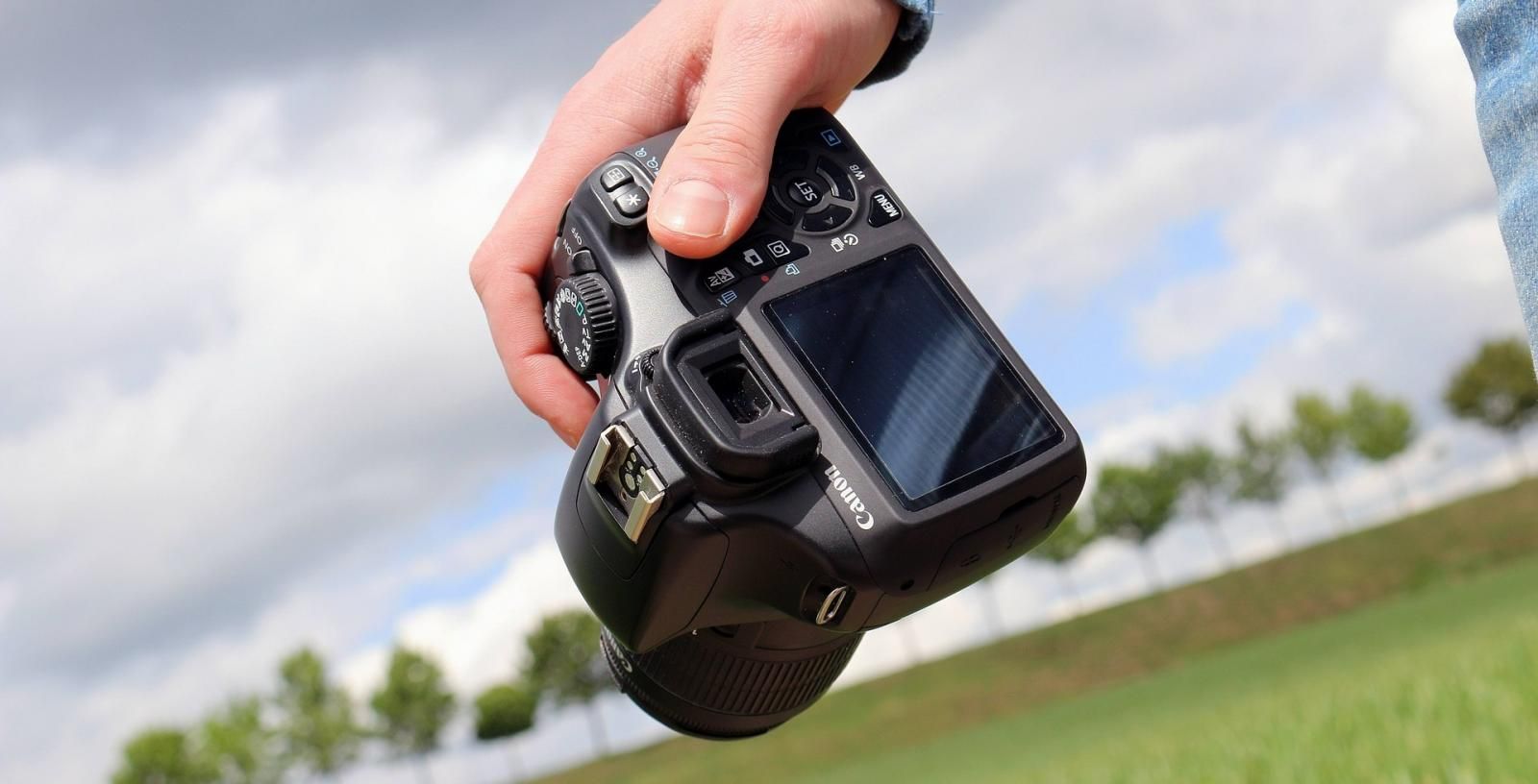The best camera you have is the one you have with you. This quote – despite being one of the most overused ever – stands particularly true at a time when smartphone cameras are getting more capable and versatile with each generation, and keep challenging regular cameras.
Take for example the Galaxy S20. It has three high-resolution cameras that can click awesome photos, has a tonne of modes and tools to play with, can shoot 8K videos and 960fps slo-mo videos, and do a lot more. All that, while retaining a sleek and pocketable form factor.
It is very subjective to say that the Galaxy S20 can, or can’t, replace a full-blown camera. There are scenarios where the Galaxy S20 will stand tall above a regular camera, but in a lot of areas, a similarly priced camera kit with a decent lens can leave the Samsung flagship miles behind.
As for me, if there is a question of buying a camera when I already have a Galaxy S20 in my pocket, I would choose to stick with the phone. Now, before you go into overdrive, let me explain a few key criteria that helped me arrive at the conclusion:
Portability
This is obvious. I certainly can’t carry a DSLR or a compact camera at every family dinner or party with friends. But that doesn’t mean I should refrain from capturing moments that would later become important memories. The Galaxy S20 as a phone offers a lot of room for not only capturing photos, but the presence of a wide-angle camera, a dependable night mode, and a ton of software tricks ensure that I have creative diversity at my disposal, and can click some good pictures and clips without worrying too much about quality.
Quality
Coming to the quality part, smartphones these days can click really impressive photos, and if handled well, the results turn out stunning and are hard to distinguish from a camera. And when it comes to smartphone photography, Samsung’s flagships are among those that sit at the top of the food chain. The first batch of reviews have started pouring in, and the general consensus is that the Galaxy S20 is a venerable imaging machine that can click grade-A photos. Just have a look at the ‘shot on Galaxy’ video that was played at the Galaxy Unpacked event.
Versatility
On top of quality, there is the ease with which you can use all those lenses. You only need to flick through on-screen toggles to switch between the main, wide-angle and telephoto cameras. Additionally, there is a huge set of software tricks that leave a traditional camera far behind when it comes to versatility. Take for example the Galaxy S20’s ‘Single Take’ feature. It allows users to click a regular photo, ultra-wides, portraits, close-ups, hyper-lapse video, regular video, and more, all at once. Essentially, all three lenses get into action at a single time. How cool is that?
Sharing
The ability to instantly share photos and videoswith people makes my phone a valuable asset, and the ease with which I can doit is almost non-existent with a camera. Aside from posting on social media,they can also be instantly saved on a cloud drive without losing time, both incompressed and original form. And even if you need to do professional editsafterward, RAW capture on the Galaxy S20 makes things quite convenient.
Editing
This brings me to another key advantage of asmartphone camera like the Galaxy S20. Yes, you get a healthy number of basic editingfeatures on a DSLR, but for anything more than that, you need to fire up yourPC, transfer the photos and then start an app like Photoshop. Coming to theGalaxy S20, there is a huge portfolio of editing features baked in the cameraapp.
If that doesn’t cut it for you, there are hundreds of free apps out there that let you do a lot more. Snapseed is a shining example and has a plethora of tools that need little to no technical know-how to apply and get great results. Everything from live photos, colour filters, background effects, all happens in real time and the results are instant.
Cost
The Galaxy S20 is a one-time investement, and even though it is not exactly cheap at $999, it gives you a fairly capable 12-megapixel main camera, a 12-megapixel wide-angle lens, and an optically stabilized 64-megapixel telephoto lens in a single package. The software allows you to push all these lenses to the limit without spending an extra penny. A decent DSLR kit, although cheaper than the Galaxy S20, will eventually make you spend more than $999 once you buy a few lenses and other accessories.
Selfies
A lot of people out there click more selfies that go on social media platforms like Instagram and Snapchat. Again, the Galaxy S20’s front camera can click some really impressive selfies from what I have experienced so far, and then there are a tonne of features to make them look more polished or even add cool effects, all of which you can see in real time and choose accordingly. I can’t imagine doing that with a compact or DSLR camera.
Viewfinder
With the Galaxy S20, I have possibly the most pixel-dense and vivid viewfinder – thanks to the phone’s beautiful QHD+ 120Hz display. Composing photos on it is much easier than the smaller, low-resolution panel on a camera. Plus, the controls are more easily accessible and have a smaller learning curve compared to what you’ll get with a DSLR.
Conclusion
Yes, a decent DSLR has a tonne of advantages over a Galaxy S20 in terms of photography. It can capture pictures with a much higher dynamic range, better white balance, color accuracy, depth of field effect, wider ISO and aperture options with interchangeable lenses, control over shutter speed, and significantly wider angles among other parameters.
But these benefits are for instances where you need to exploit all those advantages and have already planned for it in advance. With a smartphone like the Galaxy S20, it is much more spontaneous and convenient for me, and justifies the aforementioned points in real-life use case scenarios as well.




